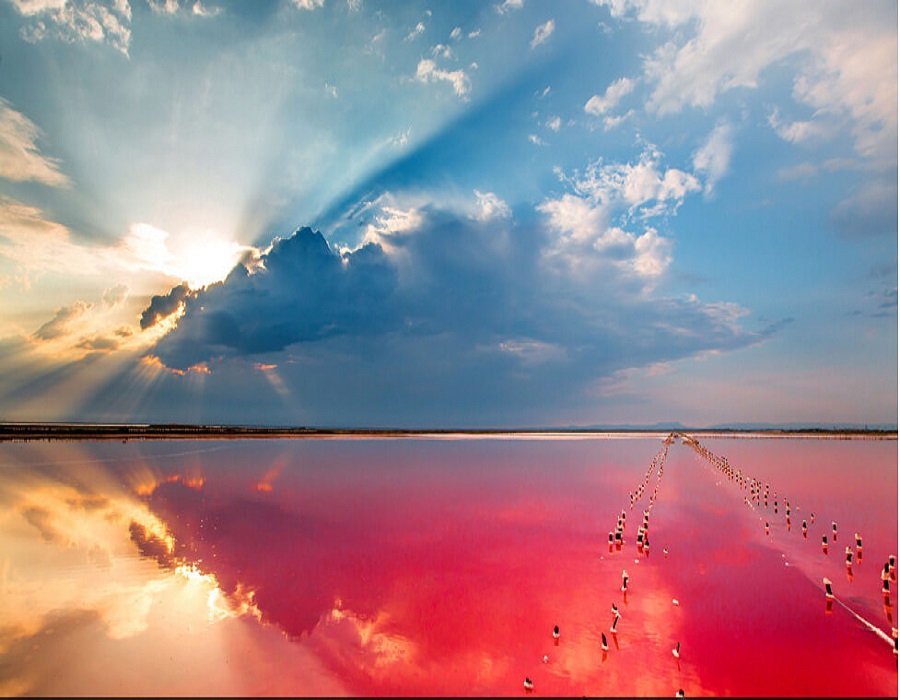Lake Urmia

Bostanak Canyon
July 24, 2019
Narin Castle
July 24, 2019Lake Urmia
Lake Urmia, the largest domestic lake in Iran, is the largest saltwater lake in the Middle East, and the sixth-largest saline water in the world. The water of this lake is very salty and is fed more than Zarrinehroud, Siminrood, Talkhrood, Gaader, Barandoz, shahre Chai, Nazlou, and Zola.
This lake is located between the provinces of East and West Azerbaijan in Iran, and west of the southern portion of the Caspian Sea.
In an inscription related to the ninth century BC in Shalmanser III (reign between 858-824 BC) two names are mentioned in the place of Lake Urmia: Persawa (meaning Persians or Persians) and Matai (or Mitans).
For the last five hundred years, the area around the lake has been inhabited by Iranians, including Azerbaijanis and Kurds.

According to the biodiversity list of Urmia Lake National Park in 2014 and 2016, Urmia Lake National Park accommodates 62 species of bacteria and arcobacter, 42 species of microscopic fungi, 20 species of algae, 311 plant species, 5 species of two-step mollusks (islands rivers), 226 species of birds, 27 species of reptiles and amphibians and 24 species of mammals. At least 47 species have been fossilized. This ecosystem has been internationally registered by UNESCO as a protected area.
Because of the over-salinity of the lake, no fish live in this lake. However, this Lake is one of the most important habitats of Artemisia. This crustacean is one of the main sources of feeding migratory birds, including flamingos.

